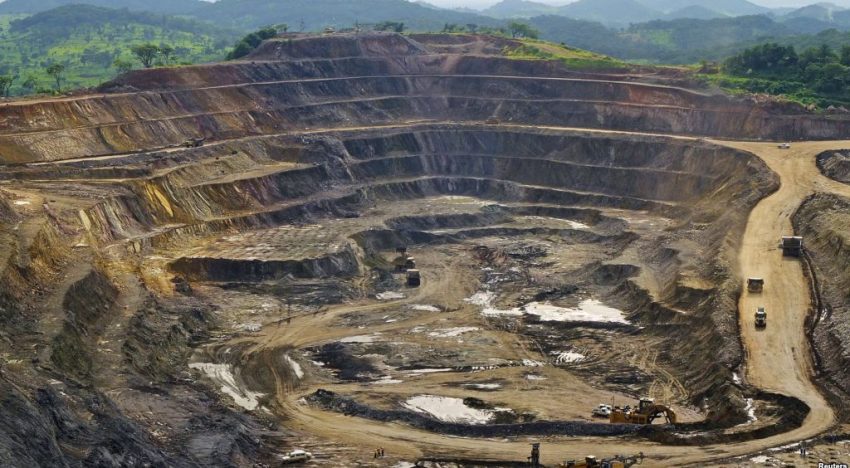New Delhi: With the increasing demands for electrification of automobiles and the forecast of EVs accounting for at least 33 per cent of total automobiles on the road across the world by 2030, electric vehicle battery raw material like lithium Mining is becoming the new gold.
Lithium is one of the most important raw materials for electric vehicle battery production alongside cobalt and nickel. In the last few years, production of lithium has increased substantially across the world opening a new source of revenue generation in many countries like Australia, Chile, Argentina, Zimbabwe etc.
As the consumers across the world buy more electric cars, industry analysts forecast that the lithium-ion battery market would grow at a speed of 16.2 per cent every year till 2024. According to a study by Markets & Markets, in 2018 the global lithium-ion battery market size was $37.4 billion and in 2024, it is expected to become $92.2 billion.
Last year, Australia was the biggest producer of lithium, with 51,000 metric ton of the mineral mined, up by 27.5 per cent from 11,000 MT produced in 2017. The country has more than 2.7 million metric tons of identified lithium reserves, which puts it just behind Chile that has the world’s biggest reserve of the mineral.
Top 5 Lithium producing countries in 2018
| Country | Production in 2018 | Production in 2017 | Increase percentage |
| Australia | 51,000 MT | 11,000 MT | 27.5% |
| Chile | 16,000 MT | 14,200 MT | 12.67% |
| China | 8,000 MT | 6,800 MT | 17.65% |
| Argentina | 6,200 MT | 5,700 MT | 8.77% |
| Zimbabwe | 1,600 MT | NA | NA |
In Chile, production of lithium has increased by 12.67 per cent to 16,000 metric tons in 2018, from 14,200 MT produced in 2017. Unlike Australia, where lithium is mined from hard rocks, Chile’s lithium is mainly found in lithium brine deposits. SQM, a company that mines lithium in Chile’s Salar de Atacama salt flat, expects the demand for lithium to increase 20 per cent in 2019.
China has the control button According to China Association Of Automobile Manufacturers (CAAM), around 777,000 units of electric vehicles were sold in in China last year.
China is the biggest consumer of lithium in the world, not only because it is currently the largest market for electric vehicles, but for being at the top spot in terms of making EV batteries and exporting them to the rest of the world as well. A study by Counterpoint Research shows that 13 battery suppliers currently control the global lithium-ion battery market and a majority of them are China-originated.
Besides electric vehicle batteries, China also consumes a large number of global lithium output for making batteries for various electronics goods. So far, the country owns most of the lithium reserves across the world, directly or indirectly.
According to Benchmark Mineral Intelligence, China produces nearly two-thirds of the world’s lithium-ion batteries and controls most of the lithium processing facilities across the world. When it comes to lithium production, China was at the third position last year with production of 8,000 MT, up by 17.65 per cent from 6,800 metric ton mined in 2017.
Most of the lithium used in China is imported from Australia and with the Chinese companies investing heavily in Australian lithium mining firms, the country is expected to expand the mining capacity in the near future. For example, earlier this month, Chinese EV battery maker CATL has invested $61.8 million to buy 8.5 per cent stake in Pilbara Minerals, a major lithium producer in Australia.
Among other countries, Argentina and Zimbabwe’s lithium production in 2018 was 6,200 MT and 1,600
MT respectively.
In Argentina, production of the mineral increased by 500 MT last year compared to 2017, marking an 8.77 per cent increase. Currently, two mines are producing lithium in the country and more than 60 projects are in development, with five of them to soon start mining.
Zimbabwe has doubled its lithium production in the last five years, with 1,600 metric ton output last year.




